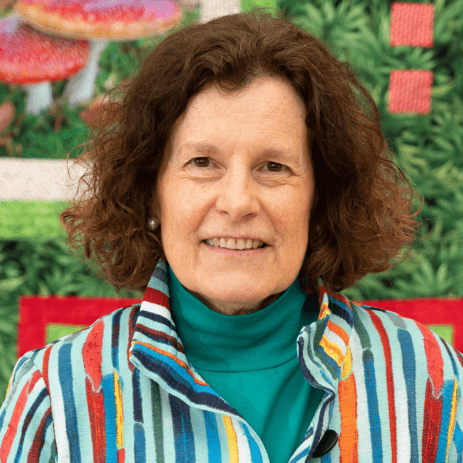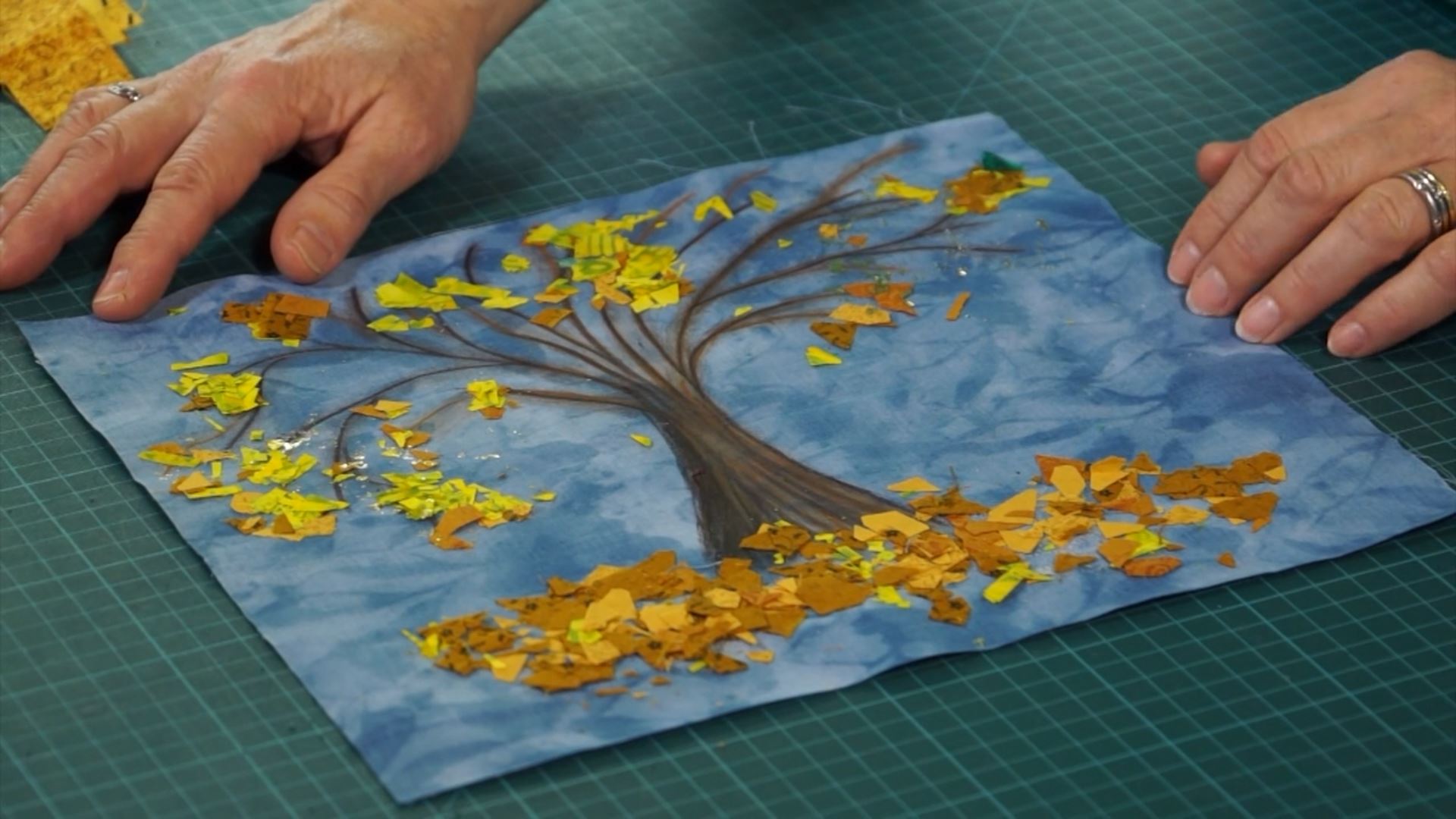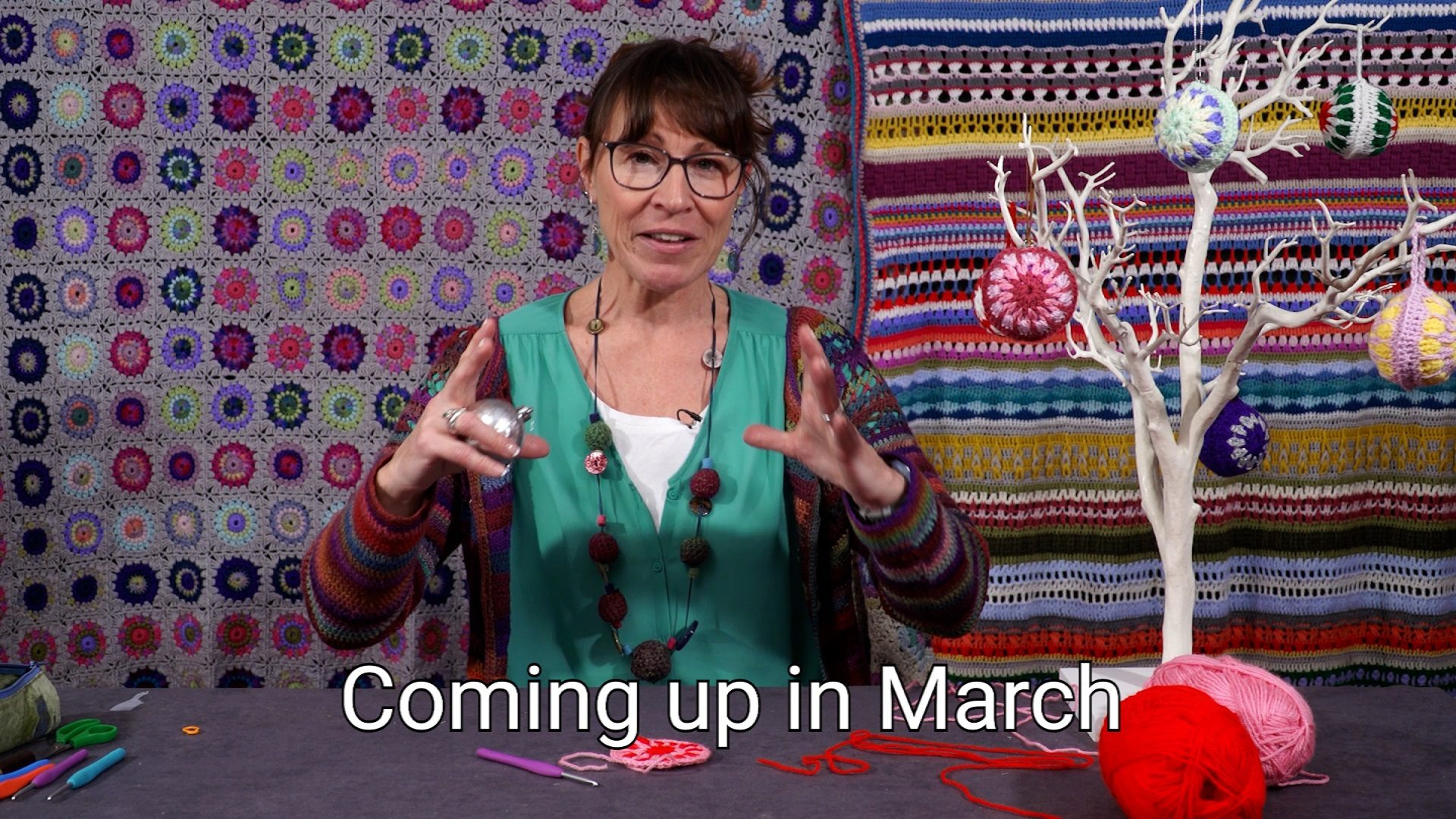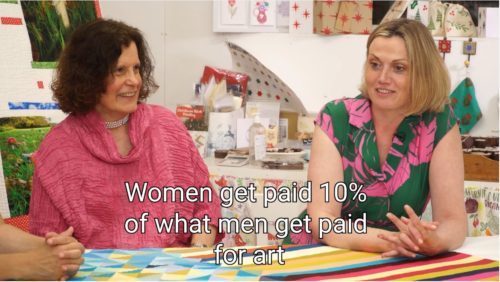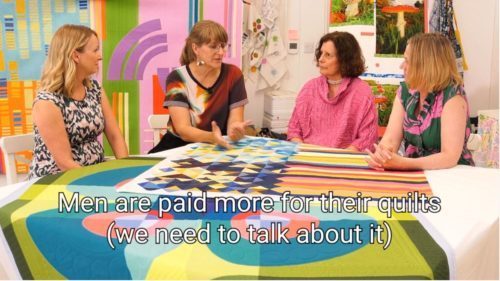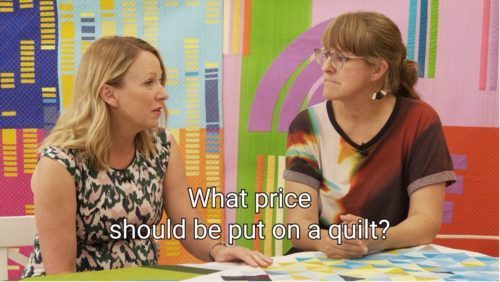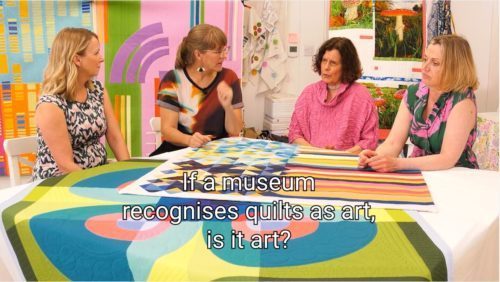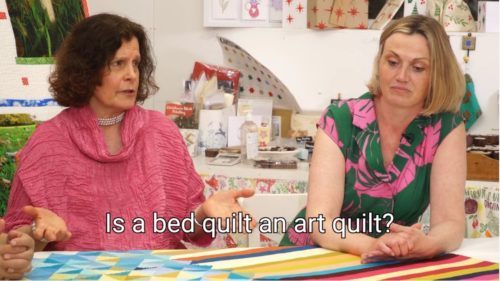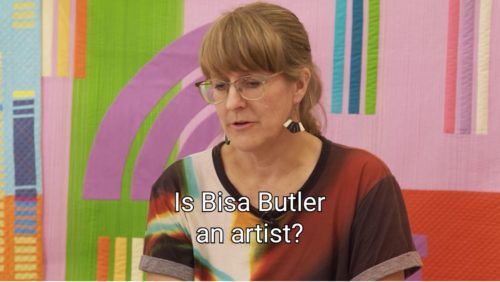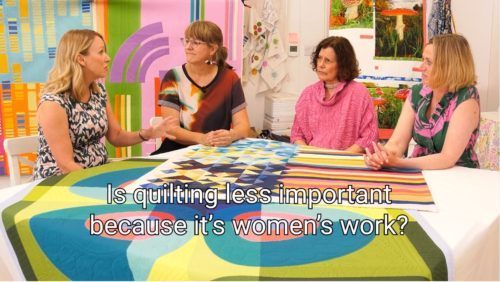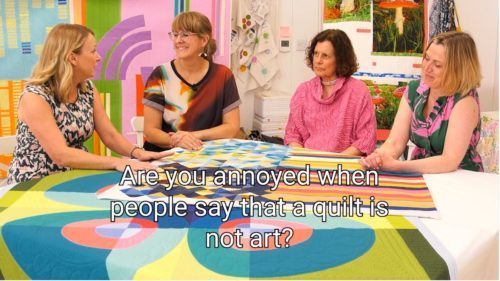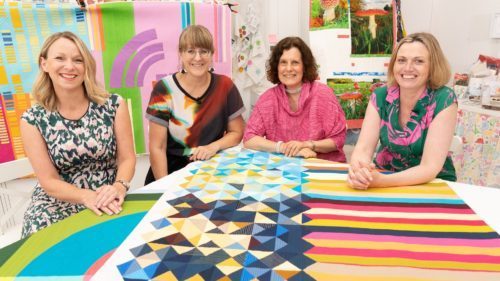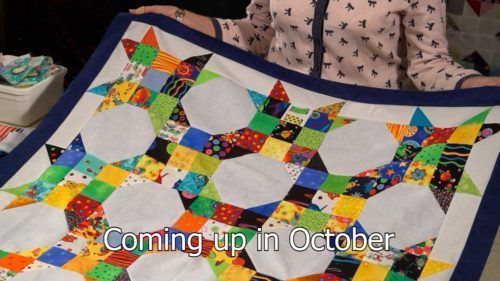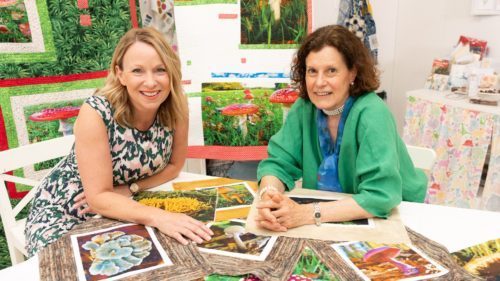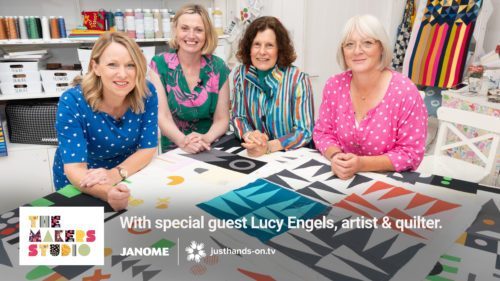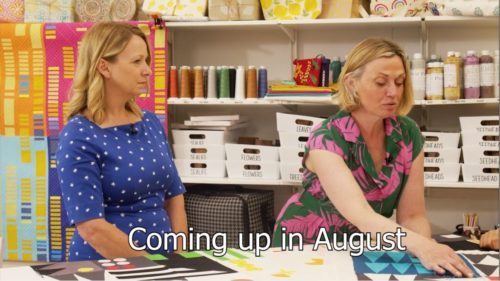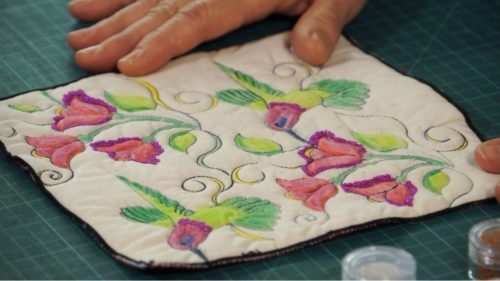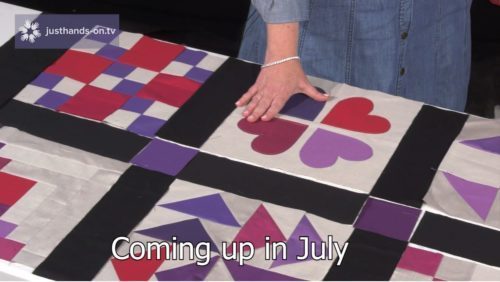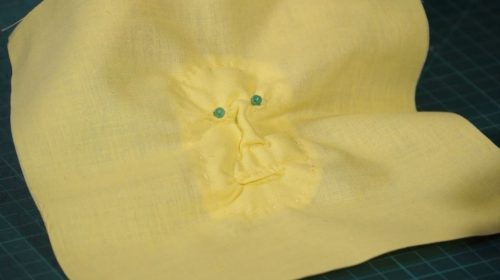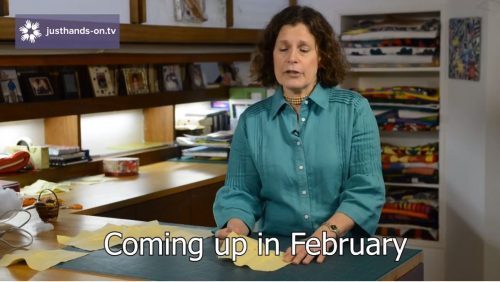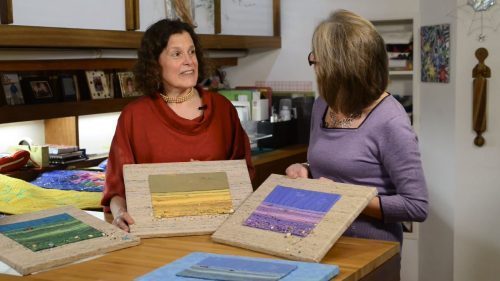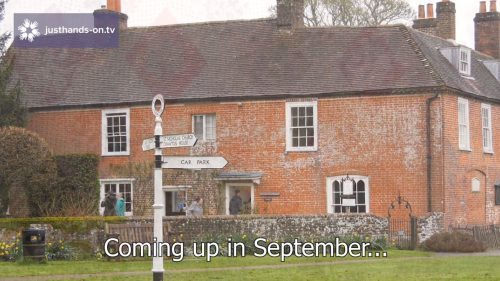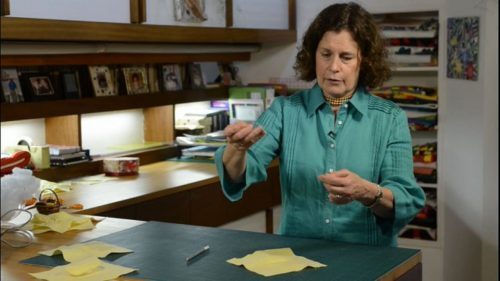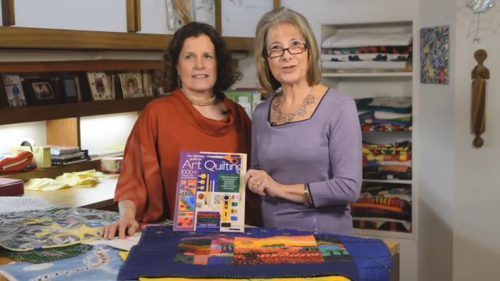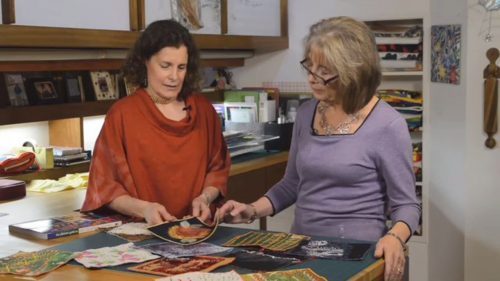About Linda
Linda Seward is an experienced quilter, writer, lecturer, and quilt judge.
Linda’s been doing needlework ever since she learned to hold a needle. She was taught to embroider by her mother and to knit and crochet by her grandmothers. She began to sew her own clothes at the age of 10, but didn’t begin making quilts until she was in her 20s.
Linda attended Livingston College (Rutgers University) where she earned an Anthropology Degree, then switched to Douglas College where she received a Home Economics degree in clothing, textiles, and design. She studied fashion in New York City at Tobe-Coburn School for Fashion Careers before working as a needlework and crafts editor in both America and England. She taught herself the basics of quilting while working as an editor for McCall’s Needlework & Crafts Magazine in New York City. After that, although she edited dozens of books on all types of needlework and crafts for Dover Publications in New York, Linda always felt that she would rather be quilting.
Linda has written twelve books about her favourite subject, quilting, including The Complete Book of Patchwork, Quilting and Appliqué , which has been used as a source book for the British City & Guilds Patchwork & Quilting course and has sold over a quarter of a million copies in several languages. It has recently been updated and reprinted by Search Press. Linda’s latest book, entitled The Ultimate Guide to Art Quilting, is published by Sixth&Spring, New York. She has also published books on puppies, babies, crochet, knitting, and general crafts (under her maiden name, Linda Macho).
Linda has appeared on television and radio shows, and has judged numerous quilt shows around the world. She had a regular column in The Quilter magazine for 20 years, and works now as a freelance writer and photographer as well as being a quilter, of course!
Linda found a new obsession in lockdown during her daily walks: nature photography. According to Linda, “I realised that I didn’t know much about the natural world and resolved to teach myself as much as I could through photography and research. This lockdown project turned into a new obsession as I continue to learn about all aspects of nature from plants, lichens insects, birds and animals to fungi and even slime moulds.”
Linda lives in London and Oxfordshire with her husband and two Border Terriers.
Signature Technique
Art Quilting
Top Tips
- One of the best ways to expose yourself to new techniques is to take a workshop with an expert.
- Add aloe vera gel to heighten the colour of inktense pencils.
- Use confetti fabric and glue granules to get a wonderful confetti applique effect.
- Add a little sparkle to your project with printer foil (make sure that you iron colour side up!).
- Use a silicone pressing sheet to keep your iron clear.
- Give the viewer a gentle surprise by adding soft sculpture faces in your quilt.
Videos
Patterns
Posts
How do I avoid having a birds nest on the back of my quilt?
A birds nest is that ravel of thead that often happens when you start quilting part way into a project and when you are making a quilt you need the back of it to be as beautiful as the front. An easy way to do this is to pull that bottom thread up through the work so that you have it under control and then you can knot it off later.
What do you do with the thread ends when you are finished quilting?
Well the threads can be knotted and then hidden in the wadding. You can see how by watching Knotting Off Your Threads and here is what one happy viewer had to say: I have just watched 'Knotting Off Your Threads' with Valerie and would like to say thank you for sharing such a great method. I was taking both threads to the back, tying them off and then weaving in the ends which seemed to take longer than the actual quilting!
What wadding should I use?
Question from Janice: Hello again, well I've finished the topping for my log cabin quilt and now am about to sandwhich it together. I have Heirloom cotton batting and good old fashioned polyester batting. Having been slightly put of by the instructions on the heirloom batting, although that was my original choice, can you tell me - do I really need to rinse in tepid water & dry as recommended on the packaging for shrinkage or can I just apply it as it comes after opening & flattened overnight.
I have never used this type but heard Jennie say on C&C it was fabulous so ofcourse I bought it.

